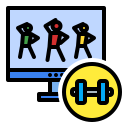Cross-Training Techniques for Better Fitness: Move Smarter, Get Stronger
Chosen theme: Cross-Training Techniques for Better Fitness. Explore practical, proven methods that blend strength, cardio, mobility, and skill work to build durable, well-rounded fitness. Learn, experiment, and share your progress—subscribe to stay inspired and join our growing cross-training community.
Why Cross-Training Works
Your body responds best to changing stimuli. Rotating exercises and modalities—like cycling, kettlebell work, and yoga—stresses tissues differently, nudging new adaptations without overloading the same joints. This strategic variety fuels consistent gains while keeping training interesting and mentally refreshing.
Why Cross-Training Works
Cross-training balances aerobic and anaerobic systems, improving stamina for long efforts and power for short bursts. Pair steady-state sessions with intervals and strength work to teach your body to switch gears efficiently, building a versatile engine that supports everything from weekend hikes to competitive races.
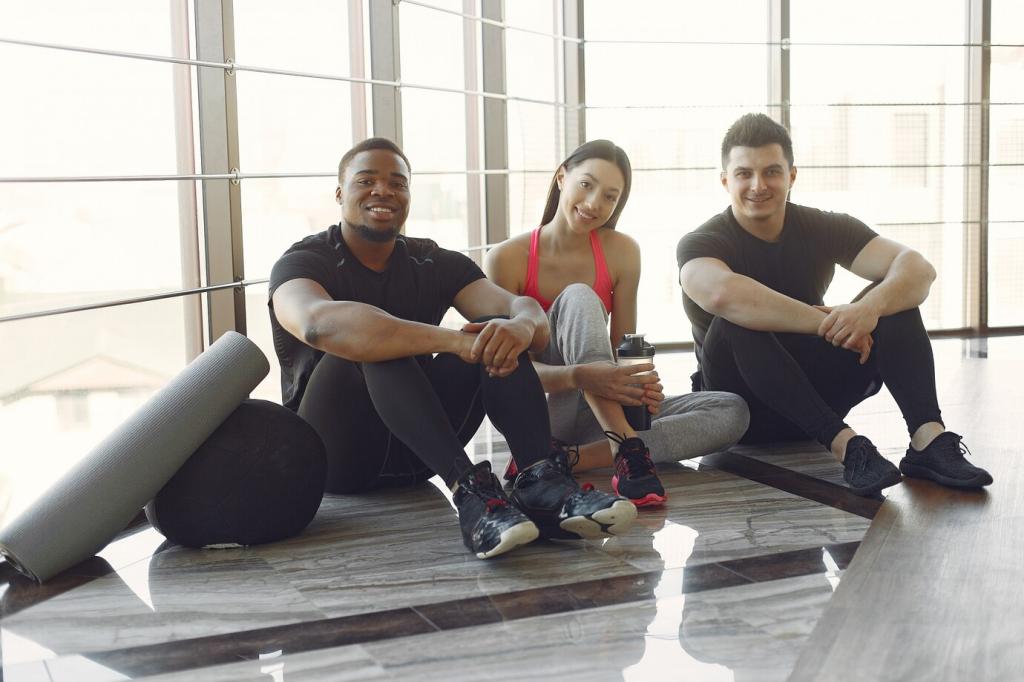
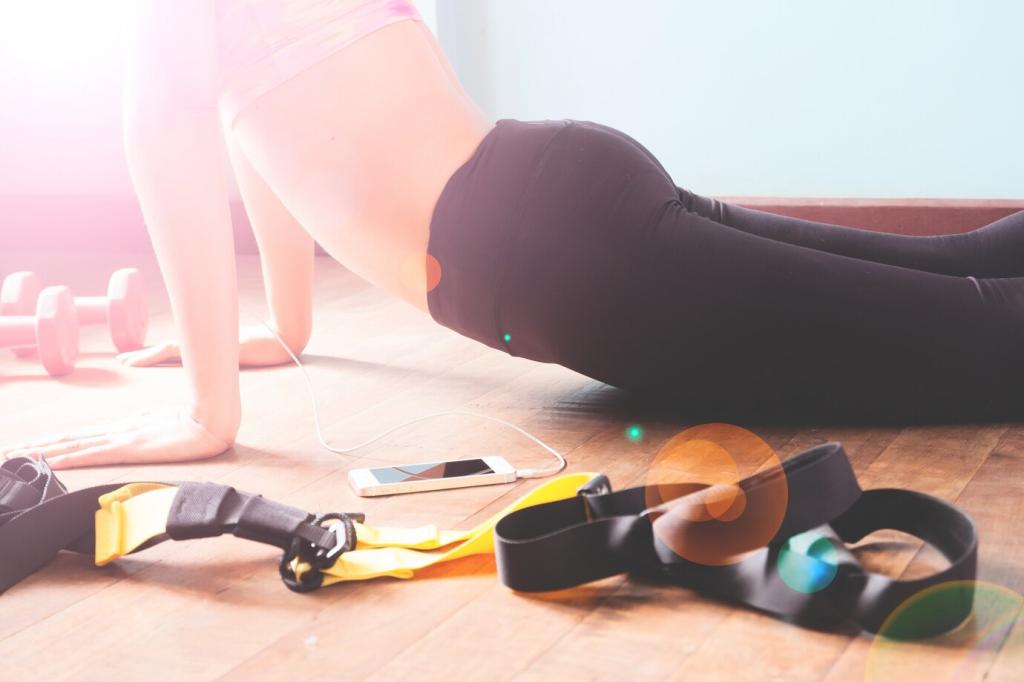
Key Modalities to Combine
Compound lifts and bodyweight movements build the structural integrity that powers every sport. Prioritize squats, hinges, pulls, and pushes, adding unilateral work for balance. Two or three focused strength days per week dramatically improve performance in cycling, swimming, running, and everyday life.
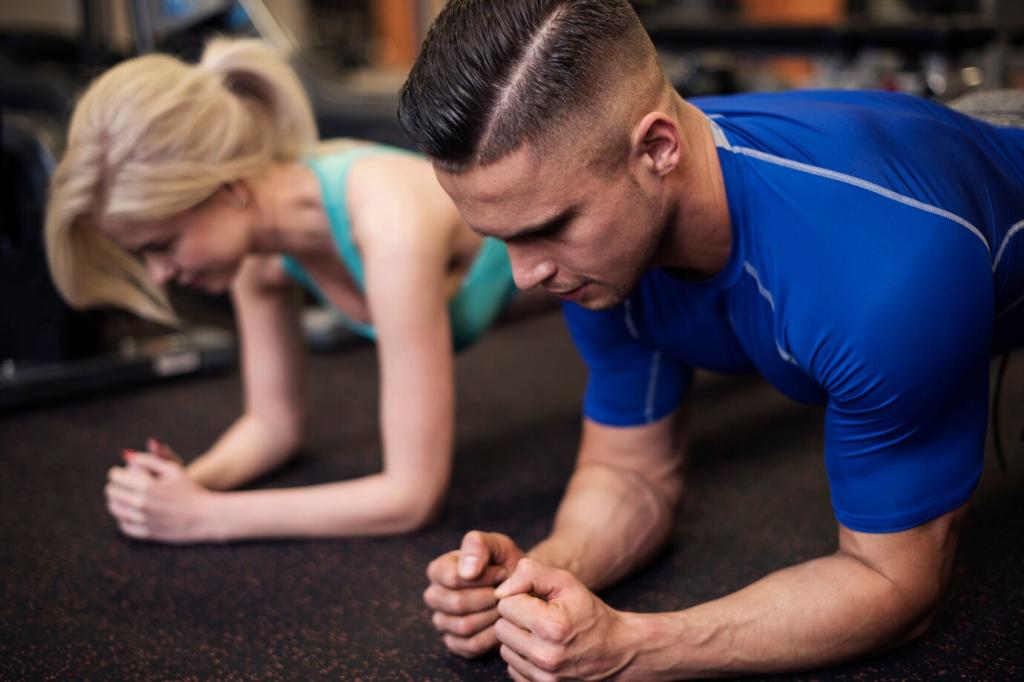
Key Modalities to Combine
Rotate between rowing, cycling, swimming, and running to spread impact and challenge your heart from different angles. Short intervals sharpen speed, while longer steady efforts solidify endurance. This mix both preserves joints and teaches efficient pacing, essential for sustainable fitness progress.
Designing a Weekly Plan
Aim for two strength days, two cardio days, one mixed session, and active recovery. Pair heavy lower-body lifting with low-impact cardio the next day. Keep hard efforts separated by easier sessions so your nervous system and joints can actually absorb the training and grow.
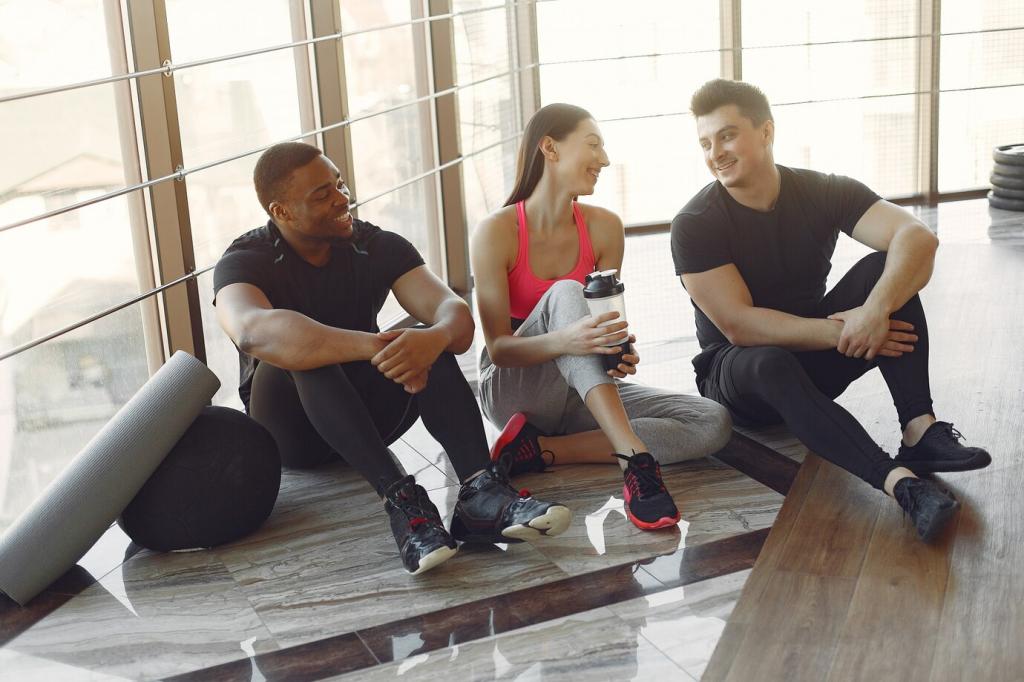
Injury Prevention and Longevity
Alternate high-impact days with low-impact options like rowing or swimming. Rotate squats with hinges, pushes with pulls, bilateral with unilateral work. This intentional variation distributes stress, allowing tissues to repair and grow stronger without inflaming the same areas repeatedly.
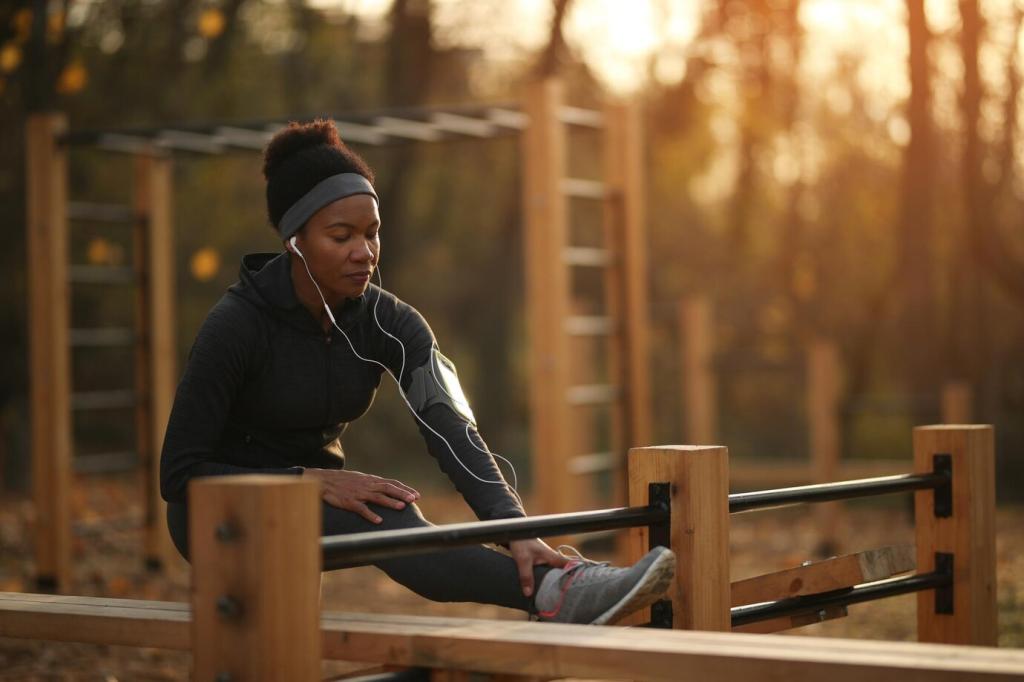
Tracking What Matters
Track session duration, intensity, and weekly frequency. Note sleep quality, energy, and soreness. A modest log reveals patterns quickly—like when too many intense days cluster—and helps you pivot early, preventing plateaus and nagging pain before they derail your momentum.
Tracking What Matters
Use heart-rate monitors, GPS, or power meters if available, but a training notebook works wonders. Jot down sets, reps, intervals, RPE, and how you felt. Over time, small notes connect to big breakthroughs and make future planning much simpler and more effective.
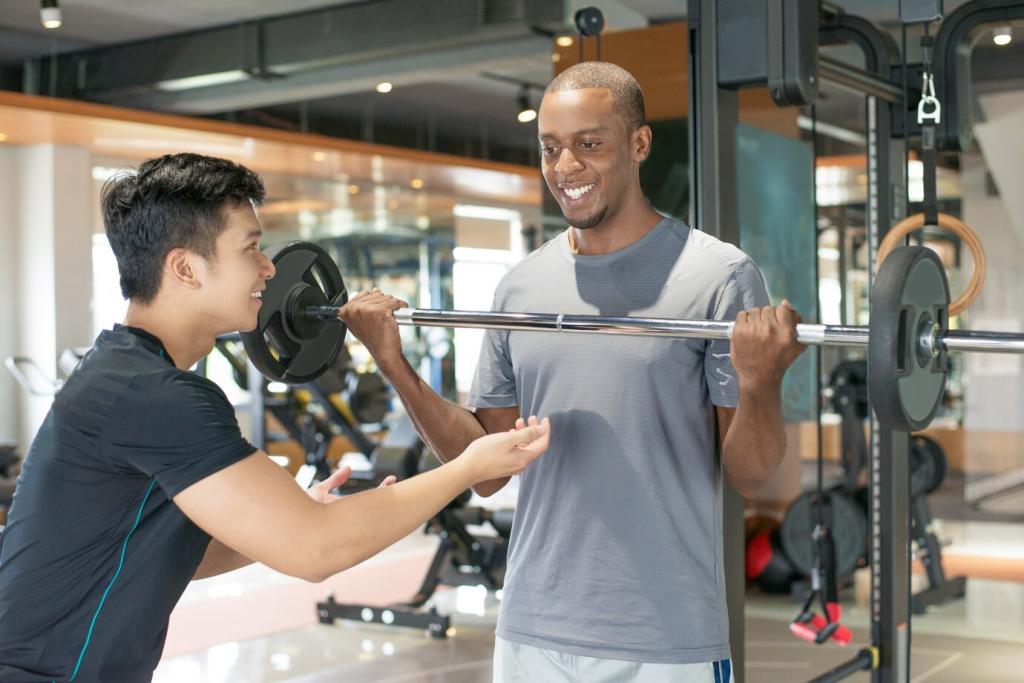
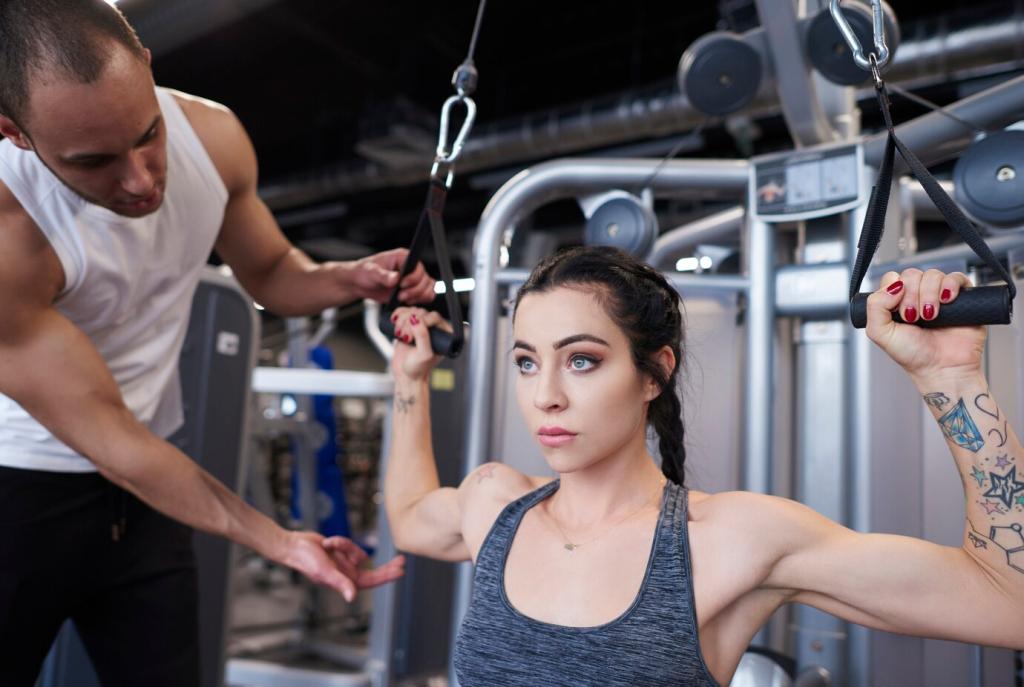
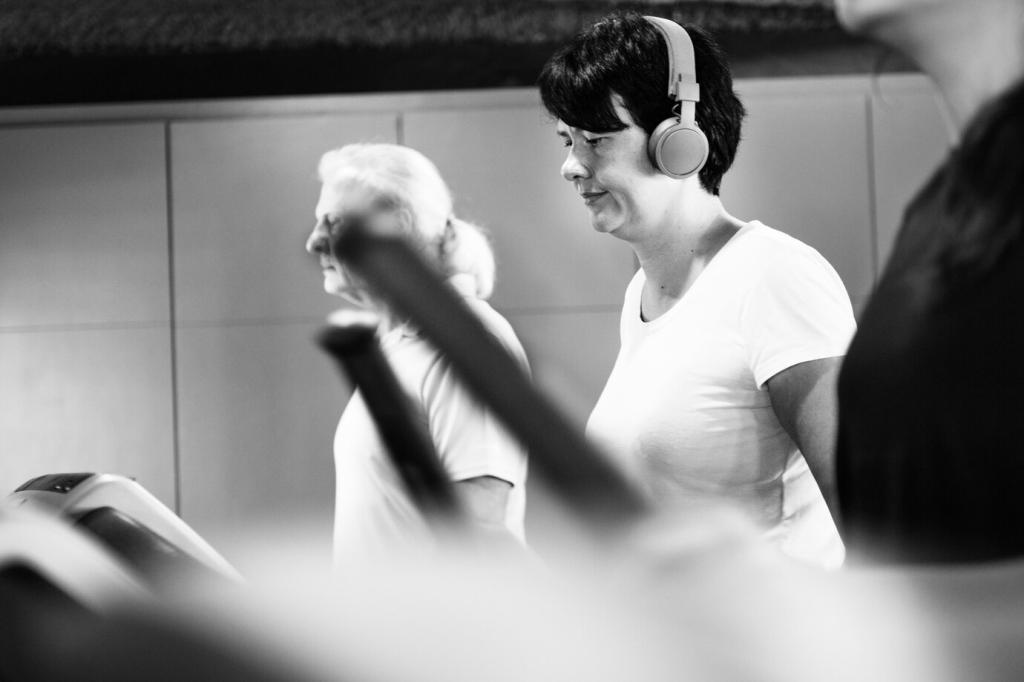
Join the 4-Week Cross-Modal Challenge
Commit to two strength workouts, two cardio sessions, and one mobility practice each week for a month. Post your plan in the comments, tag a friend to join, and report back every Friday. Small public commitments create momentum you can feel by week two.
Ask, Share, and Learn Together
Got a sticking point—tight hips, pacing issues, or inconsistent lifts? Drop your question below. Share your best cross-training tip so others can learn from your experience. We respond weekly with tailored suggestions pulled from reader stories and coach-tested strategies.
Subscribe for Fresh Techniques
Subscribe to receive weekly cross-training techniques, mini-programs, and reader spotlights. Your feedback shapes upcoming guides, from swim intervals for runners to strength progressions for cyclists. Tell us what you want next, and we will build it with you.
